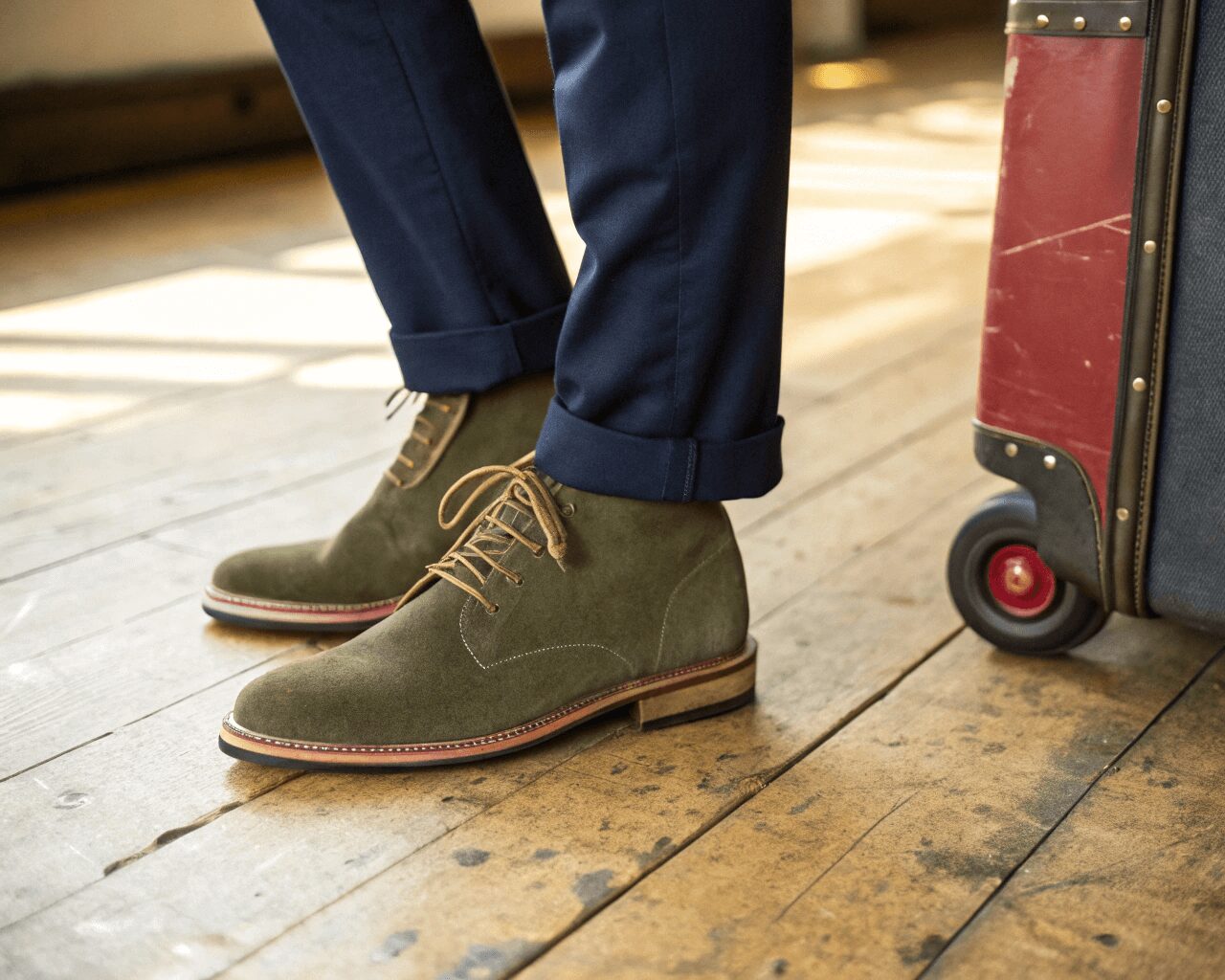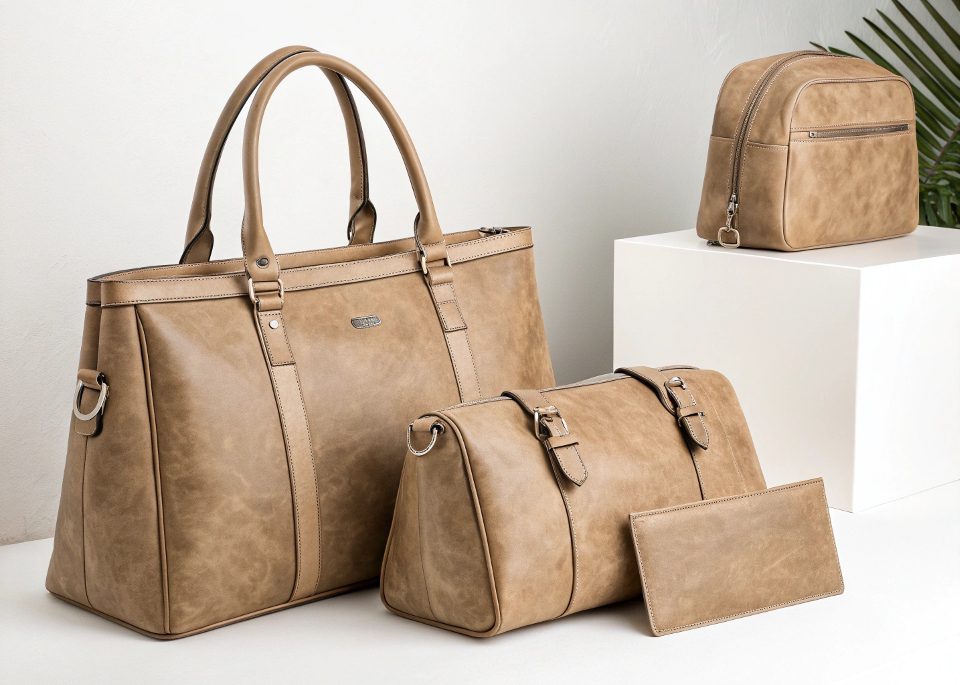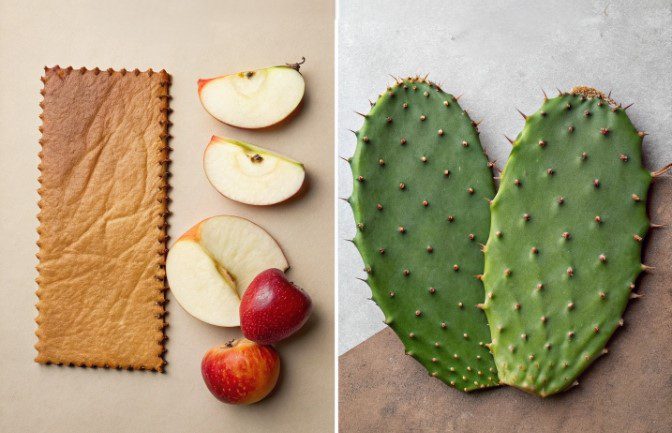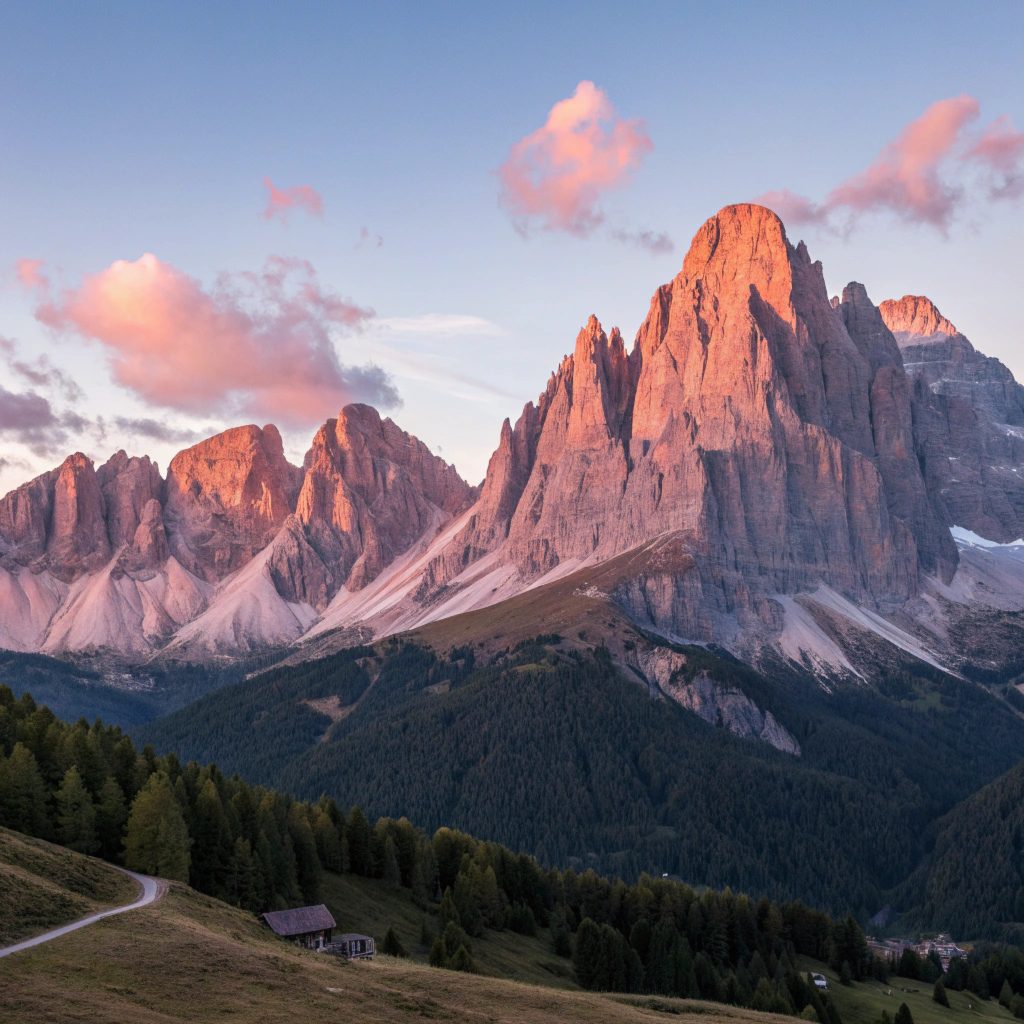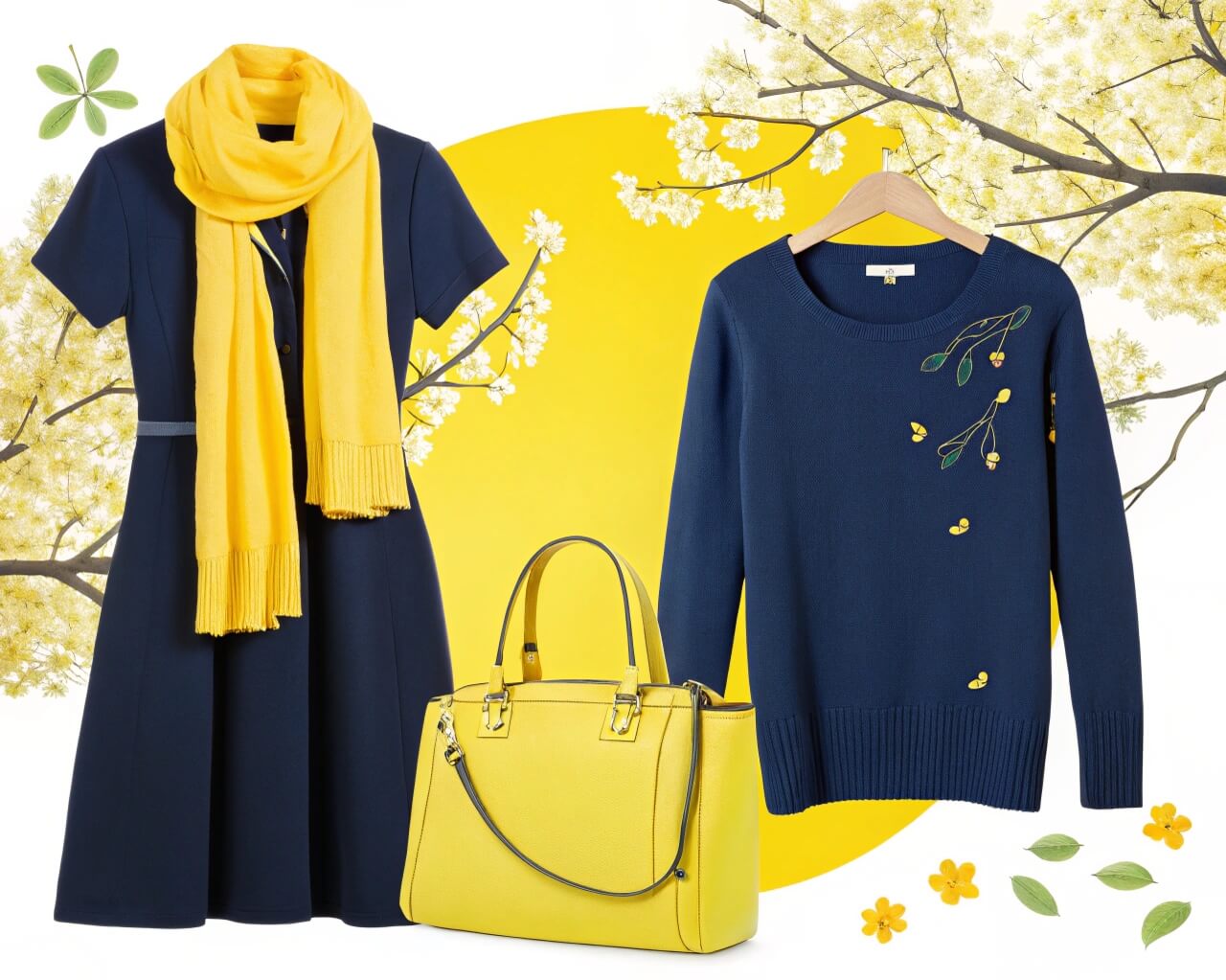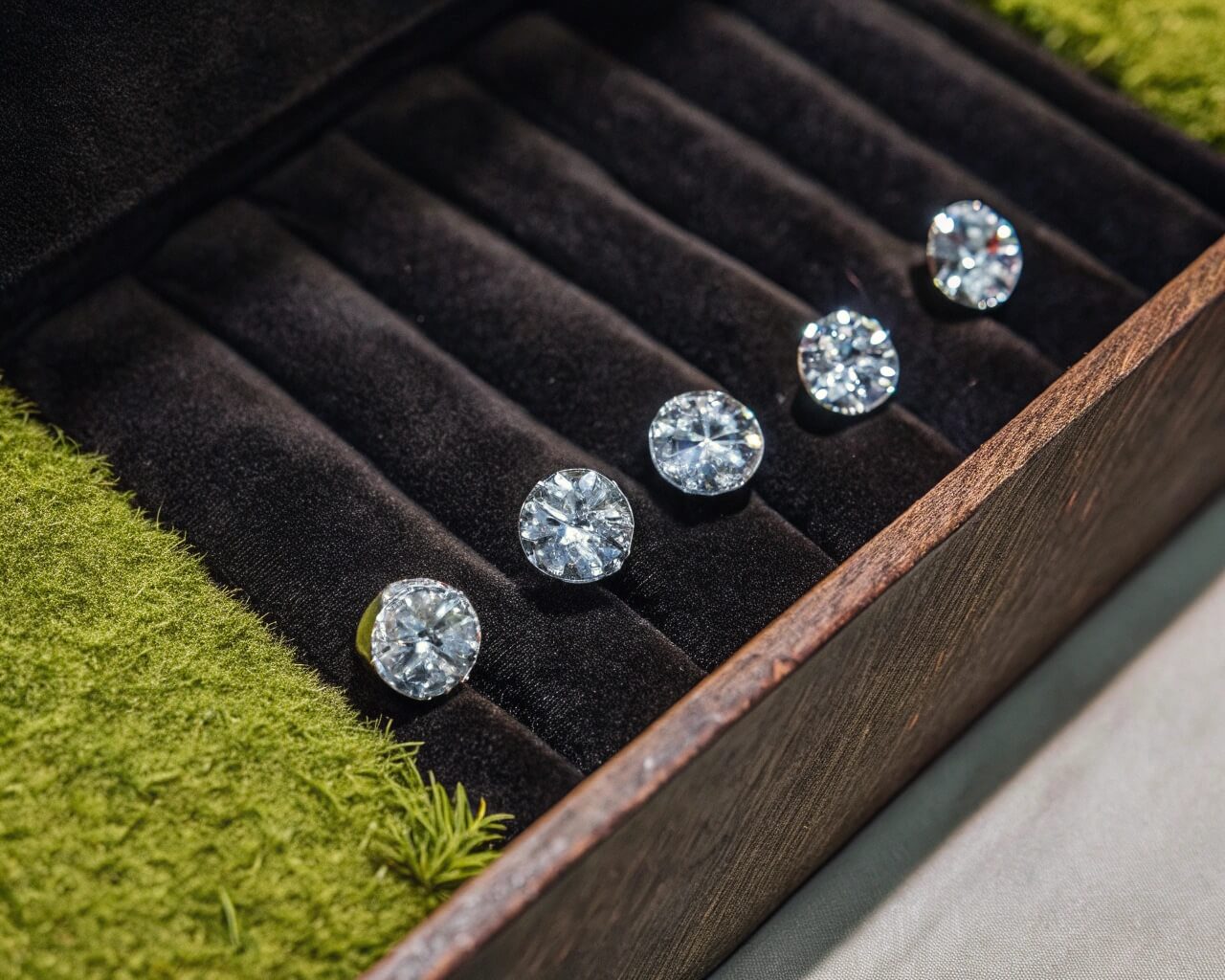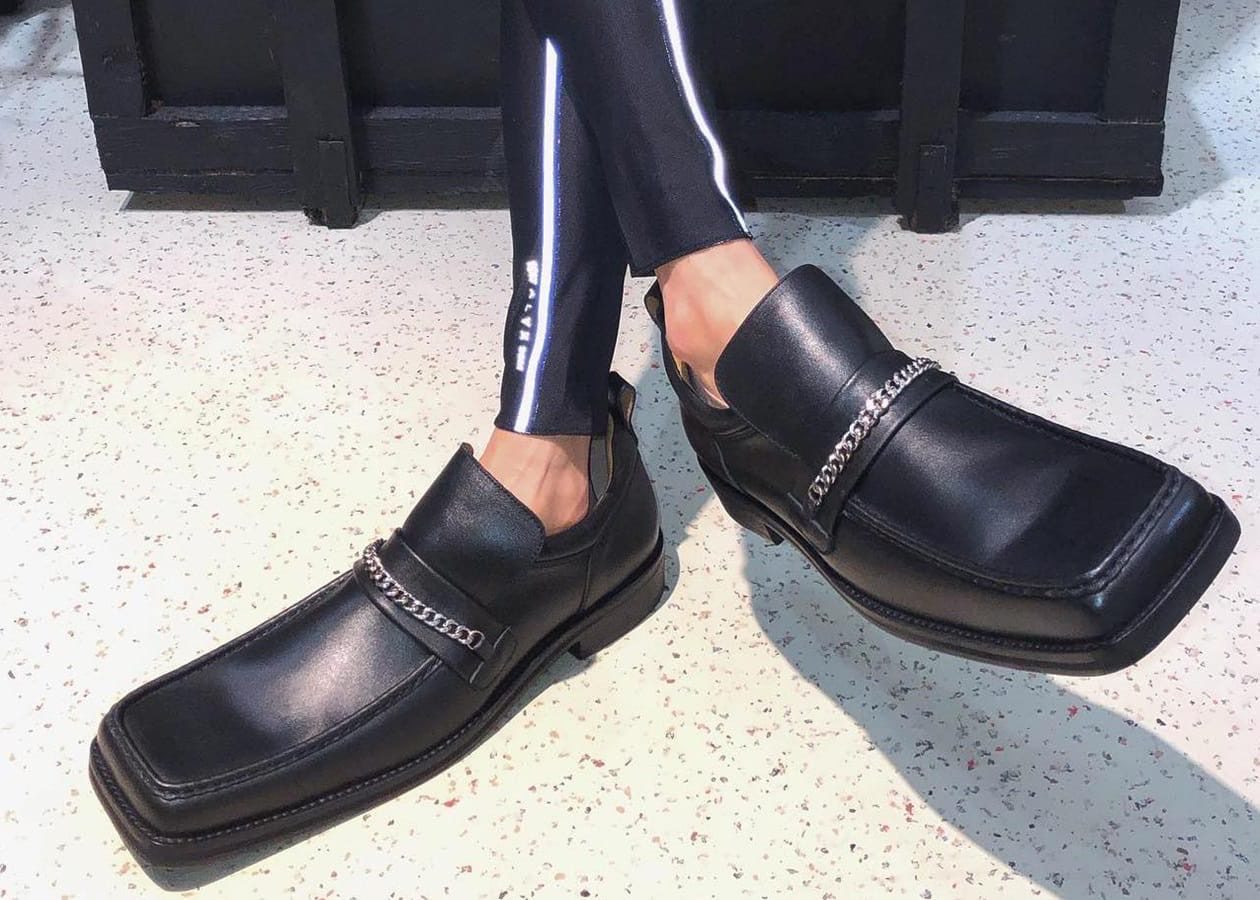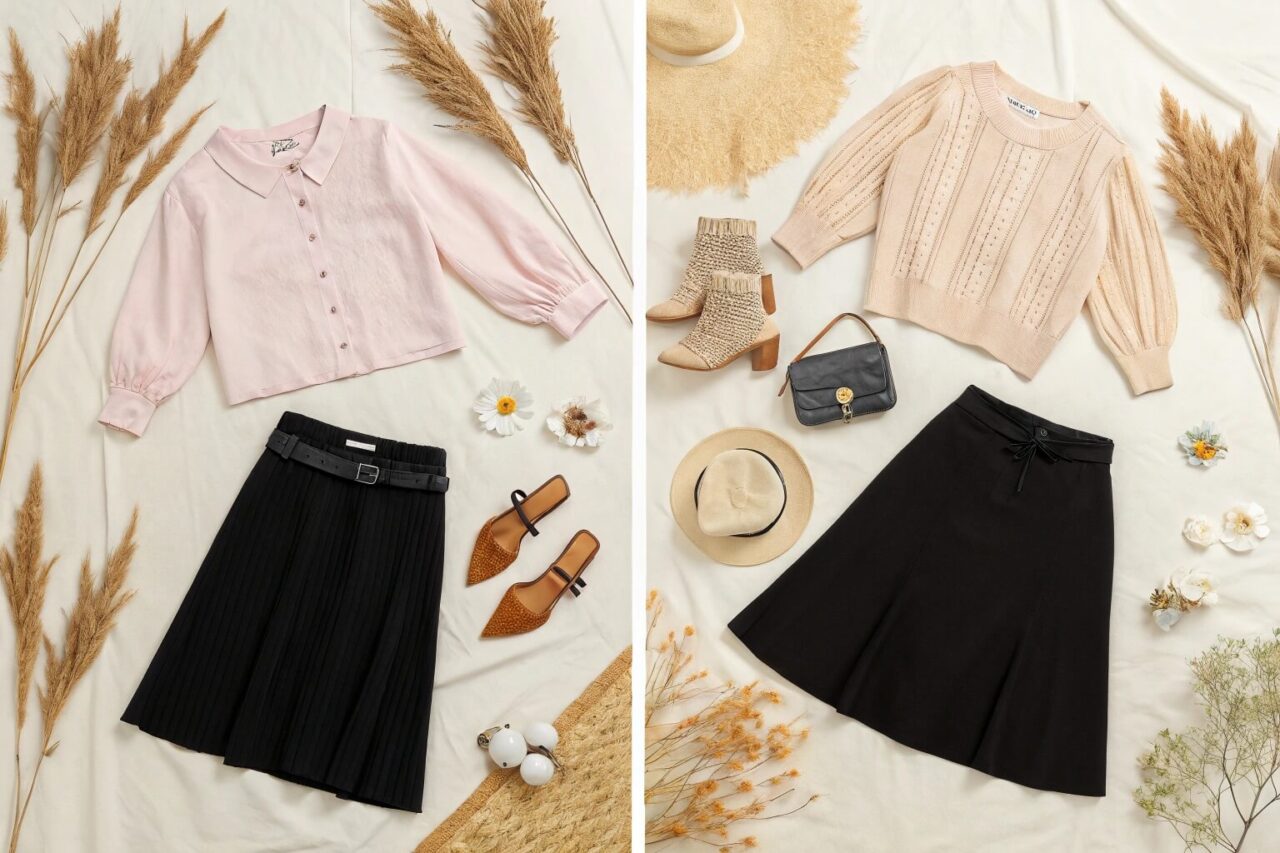The fashion world is changing. You see it in every major brand announcement and hear it from customers who refuse to buy leather goods made from animals. The numbers tell the story.
Last year, natural fur coat production dropped 3.4% in just seven months, and leather goods faced the same decline. Consumers now know the truth about animal farming. They understand the cost to our planet. They see the chemicals used in leather tanning—formaldehyde, cyanide, and chromium. These substances harm workers and pollute water systems.
Major fashion houses responded quickly. Gucci stopped using fur, followed by Burberry, then Ralph Lauren, and finally Vivienne Westwood made the same choice. In 2018, London Fashion Week showed no fur designs for the first time.
But you still need materials that look good and last. You want bags, shoes, and jackets that feel luxurious. The solution comes from unexpected places—pineapple farms, coffee shops, and mushroom farms.
Scientists and designers collaborate now. They turn waste into valuable materials, utilize fast-growing plants, and create leather alternatives from everyday items.
What Are Plant-Based Leather Alternatives Made From
Plant-based leather alternatives come from materials you find around you every day. Pineapple leaves create strong, flexible sheets. Coffee grounds mix with seafood shells to form moldable leather. Palm leaves are soaked in water and glycerin until they become tough enough for making shoes and bags.
The process completely differs from animal leather. No harmful chemicals enter the production line, and no animals die for the final product. Factories use less water and create fewer toxic emissions. Some alternatives use waste products that would end up in landfills anyway.
Pineapple Leather: Piñatex From Farm Waste
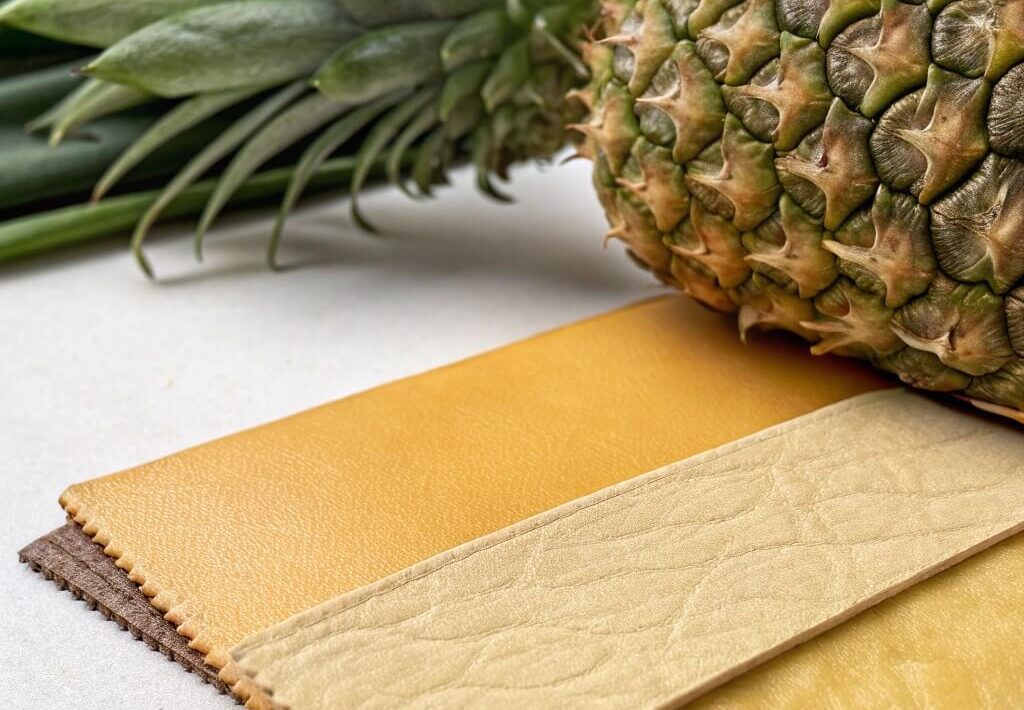
The Philippines Connection
Ananas Anam changed everything in 2013. This British company saw an opportunity where others saw waste. Philippine pineapple farms throw away millions of leaves every harvest season. These leaves contain strong fibers that are perfect for making leather.
Workers collect the discarded leaves and extract the fibers by hand. The fibers mix with a corn-based plastic called PLA, which is then applied to a mesh backing. A special coating makes the material flexible but rigid enough for daily use.
Real Brand Success
Hugo Boss now uses Piñatex in its shoe lines, and Native Shoes builds entire collections around this material. You can buy these products today. They cost about the same as regular leather goods but last just as long.
The texture feels different from animal leather. It has a unique grain pattern that comes from the pineapple fibers. Some people prefer this look because it stands out from typical leather goods.
Production Scale
One pineapple plant produces enough leaves for about two square meters of Piñatex. Philippine farms generate enough waste leaves to supply major fashion brands worldwide. The material meets European safety standards and passes the durability tests that luxury brands require.
Coffee Ground Leather: Tomtex Innovation
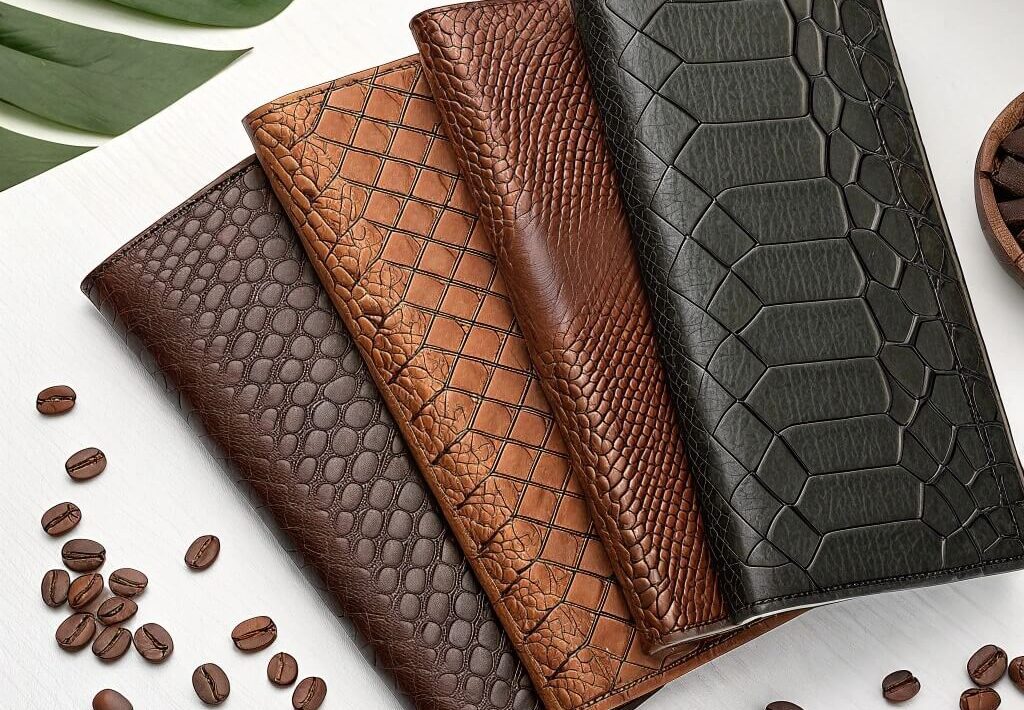
Vietnamese Engineering
Uyen Tran solved two problems with one solution. Coffee shops throw away tons of used grounds daily, and seafood restaurants discard millions of crab and shrimp shells. Her Tomtex material uses both waste streams.
The process starts with dried coffee grounds mixed with chitin extracted from discarded shells. No live animals are harmed because only food waste shells enter production. The mixture forms a paste that workers can mold or press into sheets.
Pattern Flexibility
Tomtex beats other alternatives in one key area—surface patterns. You can press any texture into the material while it sets. Snake skin patterns, crocodile textures, and smooth finishes are all possible with the same base material.
The coffee grounds naturally give the leather a unique brown color. Different roast levels create various shades. Light roast grounds produce a tan leather color, whereas dark roast creates a deep brown. This variety helps designers match specific color requirements.
Scaling Challenges
Global coffee consumption generates eight million tons of used grounds annually, while the seafood industry discards even more shell waste. Raw materials exist in huge quantities. The challenge is collecting and processing these materials efficiently.
Transportation costs can be high because coffee shops and restaurants are spread across cities. Successful Tomtex production needs centralized collection systems. Some companies now pay restaurants for shell waste to ensure a steady supply.
Mushroom Leather: Mylo Technology
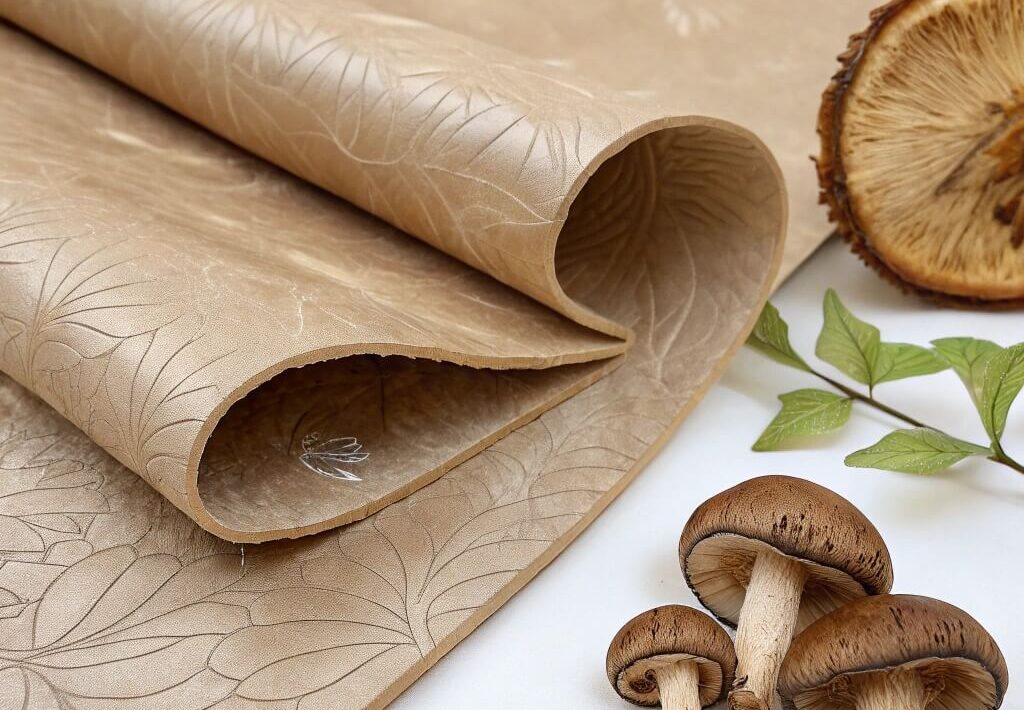
Silicon Valley Meets Fashion
Bolt Threads brought tech industry thinking to fashion materials. Their lab in California grows mycelium – the root system of mushrooms – in controlled conditions. This biological approach creates leather without any animal involvement.
Scientists feed the mycelium-specific nutrients to control growth patterns. Temperature and humidity stay constant in growing chambers, and the process takes weeks instead of months, as required for animal leather production.
Environmental Advantages
Mylo production uses 90% less water than traditional leather making, creating toxic runoff. Growing mycelium helps clean the air by absorbing carbon dioxide during growth.
The energy requirements stay low because mushrooms grow naturally in cool, dark conditions. Solar panels can power entire Mylo production facilities, making the material carbon-negative in many cases.
Major Brand Investment
Stella McCartney invested heavily in Mylo technology, and Adidas followed with funding. Kering, which owns Gucci and other luxury brands, is committed to using Mylo in future collections.
These investments speed up production improvements. Early Mylo samples felt too soft for some applications. New versions match the strength and flexibility that handbag makers need. Production costs drop as volume increases.
Palm Leaf Leather: Dutch Design Innovation
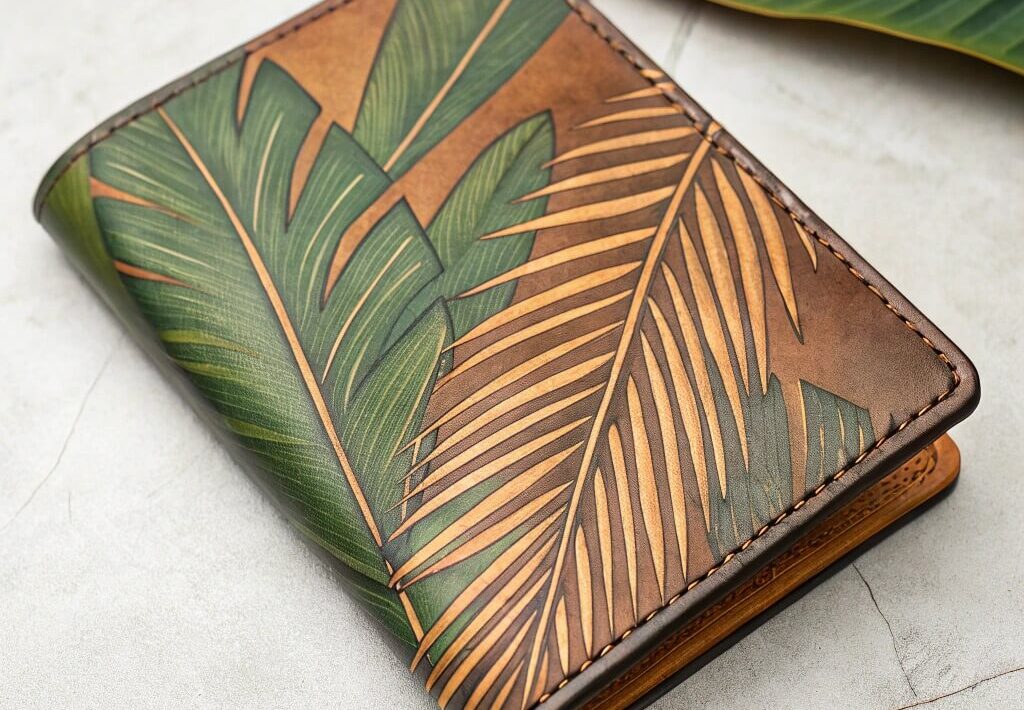
Simple Materials, Complex Process
Tjeerd Veenhoven took a different path with palm leaf leather. His Dutch company uses palm fronds that fall naturally or are trimmed from trees. These leaves break easily in their natural state. The solution came from chemistry, not force.
Palm leaves soak in a glycerin and water solution for several days. This treatment penetrates the leaf structure and creates cross-links between fibers. The process uses no toxic chemicals, and workers can handle the solution safely without protective equipment.
Product Range Success
Palm leaf leather works for many applications. Bag makers use it for luxury handbags. Book publishers create covers that last for decades. Shoe companies mold it into soles that resist wear and water damage.
The material comes in different thicknesses depending on the palm species used. Thick versions work well for luggage and heavy-duty applications, while thin sheets suit clothing and accessories that need flexibility.
Geographic Advantages
Palm trees grow in many climate zones worldwide, giving palm leaf leather a distribution advantage over materials that need specific growing conditions. Tropical regions have steady palm waste supplies year-round.
Local processing reduces transportation costs and creates jobs in developing regions. Communities that harvest palm fruits can now sell the leaves instead of burning them as waste.
Slaughterhouse Waste Leather: Bioskin Solutions
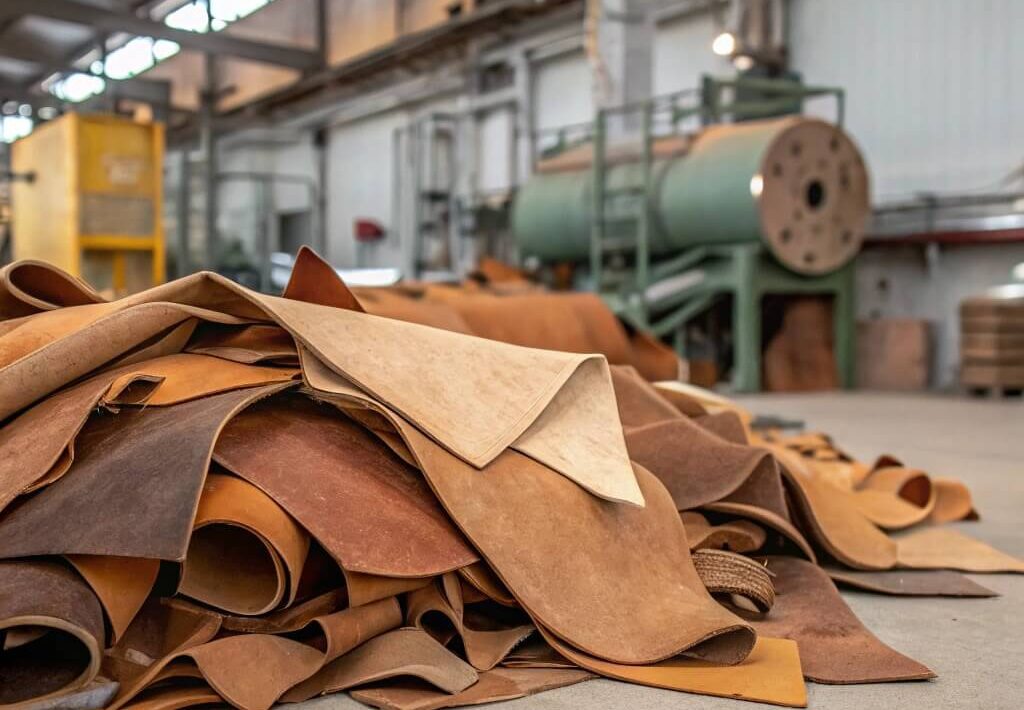
Controversial Innovation
Shahar Livne created the most debated leather alternative. Her Bioskin material uses animal waste from meat processing plants. Fat, bones, and blood that would usually get discarded become leather instead.
This approach reduces waste from existing meat production. It does not increase animal slaughter. The leather comes from byproducts that meat companies already produce. Environmental groups remain split on whether this counts as a valid alternative.
Manufacturing Flexibility
Bioskin offers unique production advantages. The material can be 3D printed directly into final shapes, making traditional cutting and sewing unnecessary for many products. This reduces labor costs and material waste.
Molding works well with Bioskin, too. Shoe companies can press complete uppers in a single operation. The material takes fine details well, allowing for complex textures and patterns.
Partnership Results
German shoe brand Nat-2 collaborated with Livne on prototype sneakers. The shoes passed durability tests that matched traditional leather requirements, and production costs stayed competitive with conventional materials.
The partnership proved that Bioskin works for consumer products. Other brands now test the material for their applications. Acceptance depends partly on how consumers view the source materials.
Linoleum Leather: Unexpected Material Science
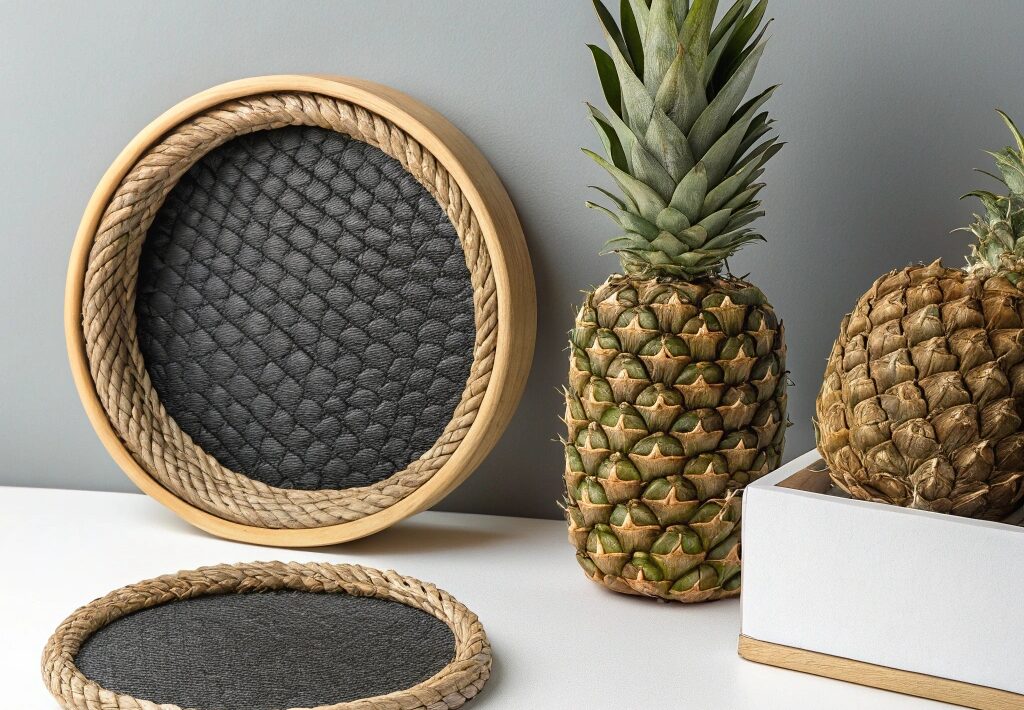
University Research Breakthrough
Don Kwaning discovered something surprising during his studies at Eindhoven University. Regular linoleum flooring shares many properties with leather. The challenge was making it look and feel like the real thing.
Linoleum contains linseed oil, powdered cork, and natural resins. When processed correctly, these ingredients create a flexible, durable material. The similarity to leather chemistry was not accidental—both use natural oils and fibers.
Texture Innovation
Kwaning developed two distinct versions of his linoleum leather. The thick version mimics scarred leather from cattle stomachs. Deep wrinkles and irregular patterns make it suitable for rustic designs.
The thin version resembles fine Italian leather. Smooth surfaces and consistent grain patterns work well for luxury applications. Both versions take dyes well and resist water damage.
Market Positioning
Linoleum leather costs less than most alternatives. The raw materials are abundant, and flooring manufacturers can adapt existing equipment for leather production.
The material works best for applications where weight matters. Linoleum leather weighs less than animal leather or most plant alternatives. This advantage suits luggage makers and fashion designers who prioritize comfort.
What Makes These Alternatives Better Than Traditional Leather
These plant-based materials solve problems that traditional leather cannot address. Most alternatives dramatically reduce water usage. Chemical pollution becomes minimal or disappears altogether. Production time shortens from months to weeks for many processes.
Alternative materials improve consistency. Animal hides vary in thickness, strength, and surface quality. Plant-based alternatives maintain uniform properties throughout production runs, helping manufacturers reduce waste and improve quality control.
What Problems Do These Materials Solve for Fashion Brands
Fashion brands face mounting pressure from customers and regulators about their environmental impact. Traditional leather production creates multiple problems that plant-based alternatives address directly. Water pollution ranks as the biggest concern for most companies.
Regular leather tanning uses chromium salts that contaminate groundwater for decades. Alternative materials need minimal water and create no toxic runoff. This helps brands meet new environmental regulations in Europe and California. Insurance costs drop when companies eliminate hazardous chemical processes from their operations.
How Much Do Plant-Based Leather Alternatives Cost
Price Comparison Reality
Most plant-based leather alternatives initially cost 10-30% more than traditional leather. However, total production costs often balance out favorably. You save money on waste disposal, environmental compliance, and worker safety equipment.
Piñatex costs about $25 per square meter compared to $20 for mid-grade cow leather. Mylo prices start around $35 per square meter but drop rapidly as production scales up. Tomtex remains expensive at $40 per square meter because collection systems are still developing.
Volume Pricing Benefits
Prominent fashion brands negotiate better prices through long-term contracts. Stella McCartney locked in Mylo pricing for three years at rates close to traditional leather. Hugo Boss gets Piñatex at wholesale rates that match their leather suppliers.
Small designers pay premium prices but can market their products as truly sustainable. Many customers pay 15-20% more for goods made from plant-based alternatives. This premium covers the higher material costs and often increases profit margins.
Future Cost Projections
Production costs decrease as facilities scale up. Bolt Threads expects Mylo prices to drop 40% within two years. Ananas Anam plans to cut Piñatex costs by 25% as more pineapple farms join their supply network.
Government subsidies for sustainable materials also reduce effective costs. The European Union offers tax breaks for companies using certified eco-friendly materials. These incentives can offset the initial price premium completely.
Which Brands Are Using These Materials Now
1. Luxury Leaders
Stella McCartney leads the luxury segment with products using multiple alternative materials. Her handbags feature Mylo leather linings and Piñatex exteriors. The brand commits to using no animal leather in any future collections.
Kering Group, which owns Gucci and Saint Laurent, invested $50 million in alternative material development. Their first Mylo products will launch this year across multiple brands. Bottega Veneta is testing palm leaf leather for special edition bags.
2. Mainstream Adoption
Adidas uses Mylo in limited sneaker releases. The shoes sell out within hours of launch, prompting the company to expand alternative material usage across more product lines in response to customer demand.
H&M tests Piñatex in affordable accessories. Their Conscious Collection features bags and belts made from pineapple leather. Prices remain competitive with traditional leather goods while offering better sustainability credentials.
3. Athletic Brands
Nike experiments with coffee-ground leather for shoe uppers. Their prototype running shoes use Tomtex panels combined with recycled plastic components. Testing focuses on durability during high-impact activities.
Puma partners with multiple alternative leather suppliers. Their sustainable shoe line features different materials across various models. This approach lets them compare performance and customer preferences in real market conditions.
What Challenges Do Alternative Leather Materials Face
1. Production Scaling Issues
Most alternative materials struggle with consistent supply chains. Pineapple leaf collection depends on harvest seasons and weather patterns. Coffee ground availability fluctuates with cafe closures and changing consumer habits.
Quality control becomes difficult when using agricultural waste. Pineapple leaves from different farms vary in fiber strength, and coffee grounds from different roasters create color variations that some brands cannot accept.
2. Performance Limitations
Durability testing reveals gaps compared to traditional leather. Some plant-based materials crack after repeated bending, and water resistance often falls short of expectations for outdoor applications.
Repairability poses another challenge. Traditional leather can be reconditioned and restored, while most alternative materials cannot be easily repaired when damaged. This affects the long-term value propositions for luxury goods.
3. Consumer Acceptance
Marketing alternative materials requires education about their benefits and limitations. Some customers expect identical performance to traditional leather, while others question whether alternatives justify premium pricing.
Texture preferences vary significantly among consumers. Younger buyers often prefer the unique feel of alternative materials, while older customers sometimes find the materials too different from the leather they know.
4. Regulatory Hurdles
Safety standards for new materials can take years to establish. European regulations require extensive testing before materials can be used in consumer products, slowing market introduction and increasing development costs.
Patent protection complicates the industry landscape. Companies invest heavily in research but must share innovations to grow the market. Balancing competition with collaboration remains an ongoing challenge.
The Future of Sustainable Fashion Materials
Alternative leather materials represent just the beginning of the fashion industry’s transformation. Research continues on new waste streams and plant sources. Algae-based materials show promise for waterproof applications. Fruit peels might become the next major leather alternative.
Production methods improve rapidly as investment increases. Automated collection systems will solve supply chain inconsistencies. Advanced processing techniques will match traditional leather performance in all applications. Costs will decrease as production scales reach industrial levels.
Consumer demand drives innovation faster than regulations or corporate responsibility initiatives. Young buyers actively seek out sustainable alternatives. They pay premium prices and influence purchasing decisions through their social networks. This market pressure accelerates adoption across all fashion segments.
The next decade will determine whether alternative materials become mainstream or remain niche products. Current trends suggest widespread adoption is inevitable. The question becomes which materials will dominate different market segments and applications.
